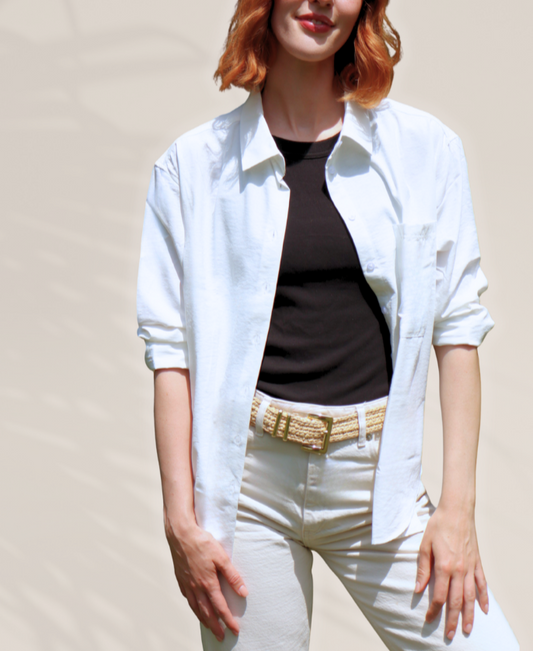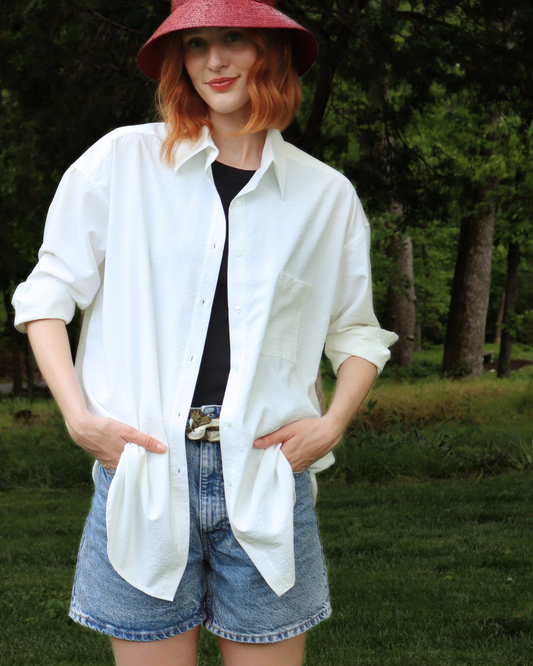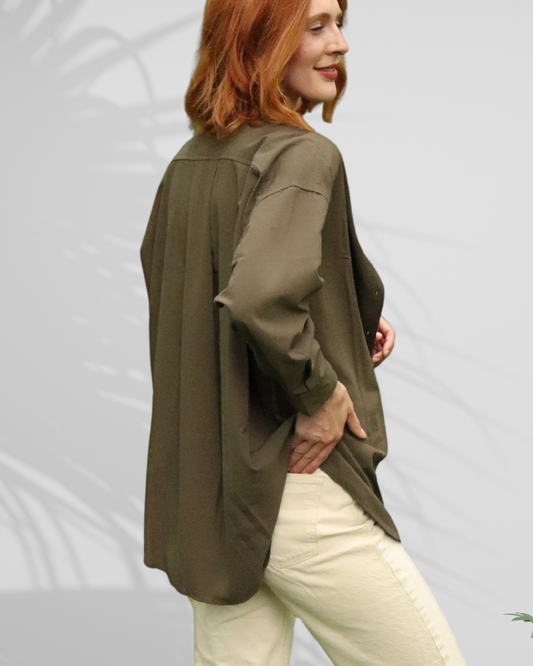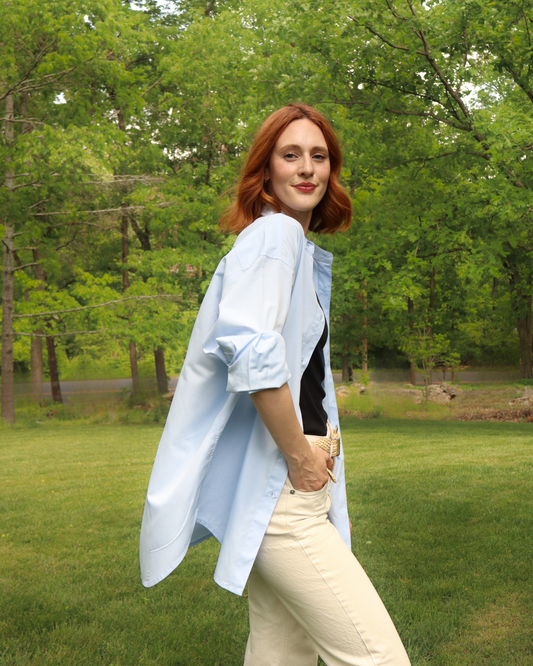Fabrics That Don't Provide Adequate Sun Protection
When it comes to protecting your skin from harmful UV rays, not all fabrics are created equal. Some fabrics are naturally better at blocking UV radiation, while others may offer little to no protection. Understanding which materials fall short can help you make informed choices about your wardrobe, especially if you spend a lot of time outdoors.
1. Sheer and Lightweight Fabrics
Fabrics that are sheer or very lightweight often provide minimal sun protection. Materials like chiffon, organza, and certain gauzy cottons can be so thin that they allow UV rays to penetrate directly to the skin.
2. Loose Weaves
The structure of the fabric's weave plays a significant role in its ability to block UV rays. Fabrics with loose or open weaves, such as mesh or certain types of linen, allow more light to pass through, reducing their effectiveness in sun protection. A simple way to test this is by holding the fabric up to the light; if you can easily see through it, it's likely not providing much sun protection.
3. Wet or Stretched Fabrics
Even fabrics that normally provide good sun protection can become less effective when wet or stretched. For example, a tightly woven cotton shirt might offer decent protection when dry, but once wet, the fabric fibers become more transparent, allowing UV rays to penetrate more easily. Similarly, when fabrics are stretched, the weave opens up, reducing the fabric's ability to block UV rays.
4. Natural Fibers Without UV Treatment
While natural fibers like cotton, silk, and linen are breathable and comfortable, they don't inherently offer high levels of sun protection unless they are specifically treated with UV-blocking agents or woven with a weave specifically for sun protection. Cotton, in particular, is commonly worn in warm weather but typically has a UPF (Ultraviolet Protection Factor) of only about 5 when untreated, which is not sufficient for prolonged sun exposure.
5. Light-Colored Fabrics
Color also plays a role in the sun protection offered by fabric. Light-colored fabrics, such as white or pastels, reflect less UV radiation compared to darker colors. They tend to allow more UV rays to reach your skin, providing less protection.
How to Choose Better Sun-Protective Fabrics
To ensure you're getting the most protection from your clothing, look for fabrics labeled with a UPF rating, which indicates how effectively the fabric blocks UV radiation. Fabrics with a UPF of 30 or higher are recommended for effective sun protection.
In summary, while many fabrics are comfortable for warm weather, they may not always protect your skin from the sun. Being aware of which fabrics fall short and opting for sun-protective clothing can help you stay safe while enjoying the outdoors.
Shop our chic UPF attire for certified UPF protection.




